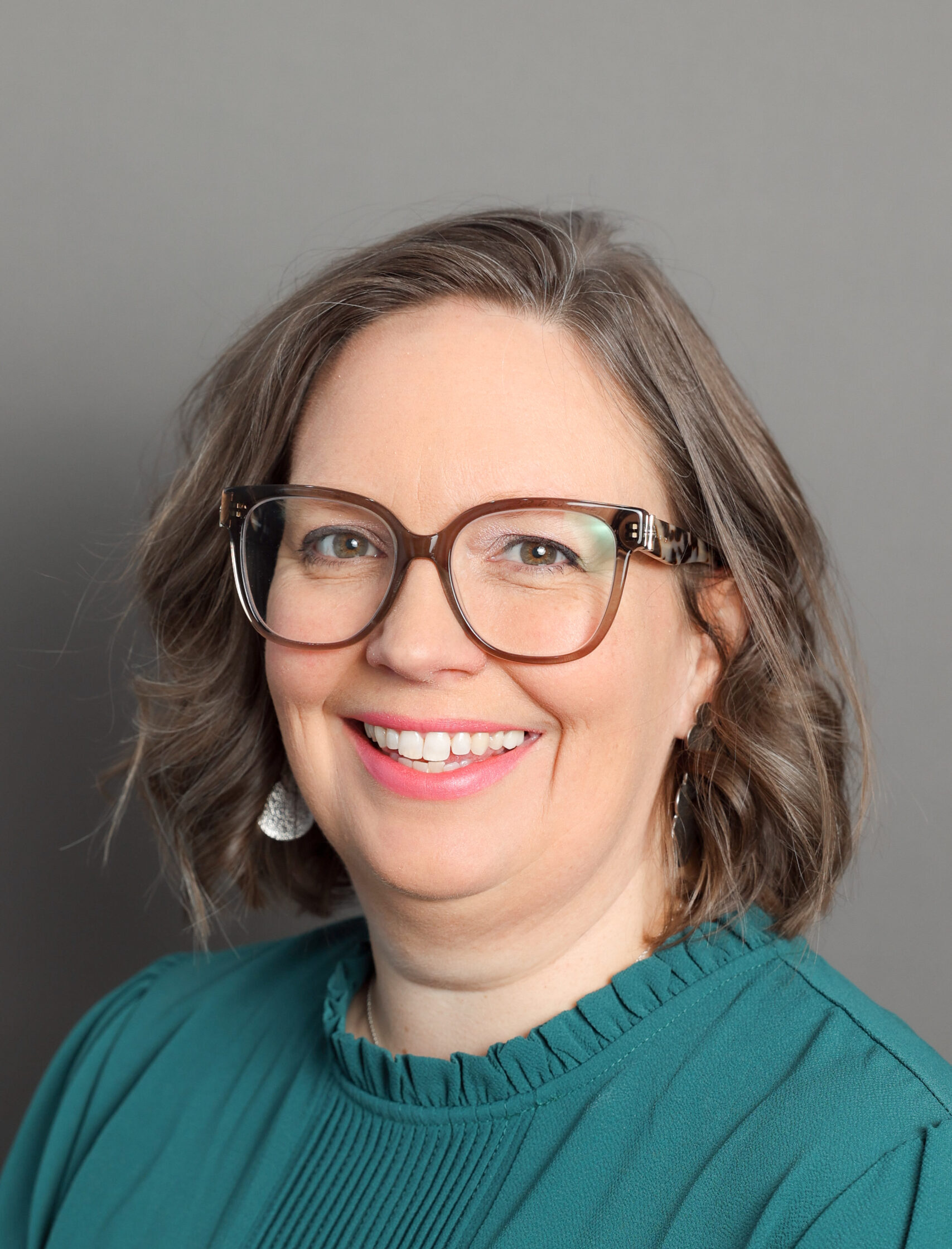Continuing a regional approach: A blueprint for the next three years

In 2022, the U.S. experienced 18 separate billion-dollar disasters; of these disasters, at least seven impacted some portion of the Midwest region. According to climate.gov, 2022 marked the eighth consecutive year with more than 10 billion-dollar disasters. From 1980 to 2022, the average number of billion-dollar events in a year was 7.9, while over the last three years (2020-2022), the annual average was 17.2 events. While these numbers reflect larger-scale disasters, there has also been an increase in low-visibility or low-attention disasters.
In 2022, the Midwest Early Recovery Fund (ERF) tracked 73 events in the 10-state region. Many of these events were localized, and damage was isolated to public infrastructure or met by insurance and community capital. However, these low-attention events cause significant challenges for areas already facing critical shortages in housing and struggling with the capacity and resources to lead and sustain thriving communities.
As larger-scale disaster events increase, communities are called upon to meet their response and recovery needs without outside assistance. As larger and more traditional response nonprofits and federal and state resources attend to more visible disaster events, communities must rely on their own, often limited, capacity to plan for recovery and meet the needs of those affected. This is especially true in rural communities and for historically marginalized and under-resourced populations. These communities need access to flexible, timely funding to meet post-disaster needs. Also critical is support in the form of technical assistance and connection to organizations and systems that will accompany them as they rebuild, change systems that lead to disaster vulnerability and develop equitable recovery for the community as a whole.
ERF’s regional approach
Because of its focused attention and learning in the region, ERF has identified five key challenges that communities affected by low-attention disasters in the Midwest face. During early recovery, the transition period from response to recovery, communities often struggle to:
- Translate the highly complex system of disaster recovery into actionable steps.
- Coordinate survivor information and ensure equitable distribution of resources from multiple agencies.
- Identify and secure sufficient resources to address the unmet needs of those most vulnerable to the impact of disasters.
- Develop and sustain mid- to long-term recovery efforts.
- Meet the unique needs of children post-disaster.
A regional approach allows CDP to develop deep networks and connections. ERF provides funding and technical assistance to community-based organizations to address challenges, building community capacity to develop long-term recovery assets. ERF strengthens regional capacity by providing education and information and bridging connections between local communities and regional or national entities with resources. This regional approach allows us to connect donors and experts to local leaders working to address the causes of vulnerability and help their communities rebuild and mitigate future disasters.
Over the past nine years, ERF developed a consistent and replicable process that builds local capacity for equitable, holistic recovery. Over the next three years, through what we affectionately call ERF 4.0, we plan to strengthen the work, leverage learnings and relationships, and model effective, equitable disaster grantmaking in hopes that others will join in this critical, locally-driven regional work.
Click here to learn more about ERF and support efforts to help communities affected by low-attention disasters recover equitably.
